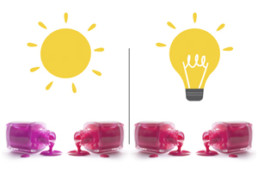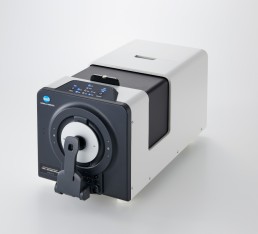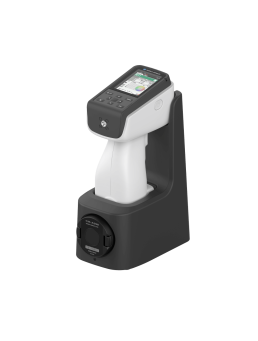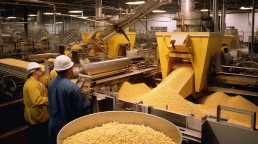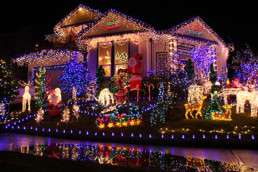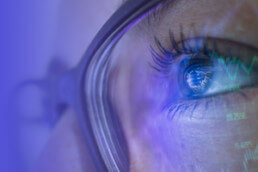Elements that Affect the Appearance of Color
Observer Subjectivity: The sensitivity of the human eye varies from person to person, often causing color to appear differently to each individual. The color of an apple, for example, may appear more vivid to one person than to another.
Viewing Angles: Viewing an object from a slightly different angle can make its color appear brighter or darker, particularly with translucent, pearlescent, and metallic pigments. In metallic paint, for example, metallic flakes are spaced throughout the coating, acting as microscopic mirrors. When viewed at a certain angle, the color will appear lighter.
Light Source: The color of an object may appear differently under one light source than another. An apple, for example, could appear redder under incandescent light than under natural daylight. Each type of light, including incandescent, fluorescent, and sunlight, may have a different effect on the appearance of an object’s color.
Surface Condition: Texture, glossiness, and other surface conditions influence how the color of an object will appear. When sandpaper is applied to the surface of a smooth plastic plate, for example, the color will appear duller.
Background: The background behind an object may make its color appear differently. An apple placed in front of a bright background, for example, may appear duller than when placed in front of a dark background.This is referred to as the contrast effect.
Area Size: A color that covers a large area, such as a painted wall, tends to appear brighter and more vivid than it would when covering a smaller area, such as in a paint swatch. This is referred to as the area effect.
Like this article? Click here to sign up for our monthly Color Trends & Technology newsletter to stay updated on the element of color, best practices for controlling and evaluating the color of objects, educational seminars, and advanced technology for research and manufacturing environments.
The technological leader in color and light measurement solutions, Konica Minolta Sensing Americas helps organizations formulate, evaluate, and control color to meet product quality and operational goals more efficiently.
